Tagged: hold/sell analysis
- This topic has 3 replies, 3 voices, and was last updated 4 years, 9 months ago by
 Spencer Burton.
Spencer Burton.
-
AuthorPosts
-
February 19, 2021 at 4:28 pm #17437
Brian McNulty
ParticipantHi A.CRE,
In the industrial model that we had to build, why do you have the Purchase Price as a positive value, and Closing Costs as a negative value? Your Total Acquisition Cost comes out to less than the Purchase Price once you add them together. Shouldn’t they both be a negative number?
Thanks
February 19, 2021 at 5:10 pm #17439 Spencer BurtonKeymaster
Spencer BurtonKeymasterHey Brian – great question on a concept that often trips people up. Let me first quote a portion of lecture 2.4 of this course that addresses this concept:
“For purposes of performing hold/sell analysis of an owned asset, the asset’s current market value less selling costs is entered as a sole Investment Cash Flow in time zero of the analysis.
“Now why use market value rather than actual cost basis you might ask? In the case of Lakefront Industrial I, we’re assessing two possible scenarios. Scenario one, we hold the asset for an additional 10 years. Scenario two, we sell the asset and use the proceeds to acquire a different property.
“So what’s the cost of choosing scenario one over scenario two? The cost is not our current basis, but rather is what we miss out on (i.e. the opportunity cost) by not going with scenario two. Or in other words, the net proceeds we would have taken in from selling the property had we gone with scenario two.”
Now to your question: why do you have the Purchase Price as a positive value, and Closing Costs as a negative value?
In hold/sell analysis, choosing the ‘hold’ scenario is making an investment. The investment we make is that we forego the net proceeds we’d earn from selling the property (i.e. the opportunity cost), and trade that for some period of operating cash flows plus a reversion cash flow at the end of the analysis. Thus the investment we make (i.e. opportunity cost) is represented by the market value of the property (less selling costs) in time zero of the hold asset’s DCF.
Happy to answer follow-up questions!
Spencer
March 19, 2021 at 2:40 pm #17731Sherry Johnson
ParticipantIn the same course, my spreadsheet numbers match yours but I think the Quiz wanted a different Net Reversion Value for the correct answer. Can you please check? We both had $33,899,784 but I believe the Quiz wanted 29MM for the answer.
March 20, 2021 at 11:01 pm #17737 Spencer BurtonKeymaster
Spencer BurtonKeymasterHi Sherry – thanks for the inquiry!
I believe you’re referring to question #4: “In the Investment Cash Flow section of your analysis, what is the net market value?”
The correct answer is ~$29 million.
You’re correct that the Net Reversion Value (what you’d expect to receive upon selling the property 10 years from now) is ~$33 million. But the question refers to the Net Market Value in the Investment Cash Flow section, which is the time zero cash flow in your analysis.
Hope that helps!
Spencer
-
AuthorPosts
You must be logged in to reply to this topic. Login here
